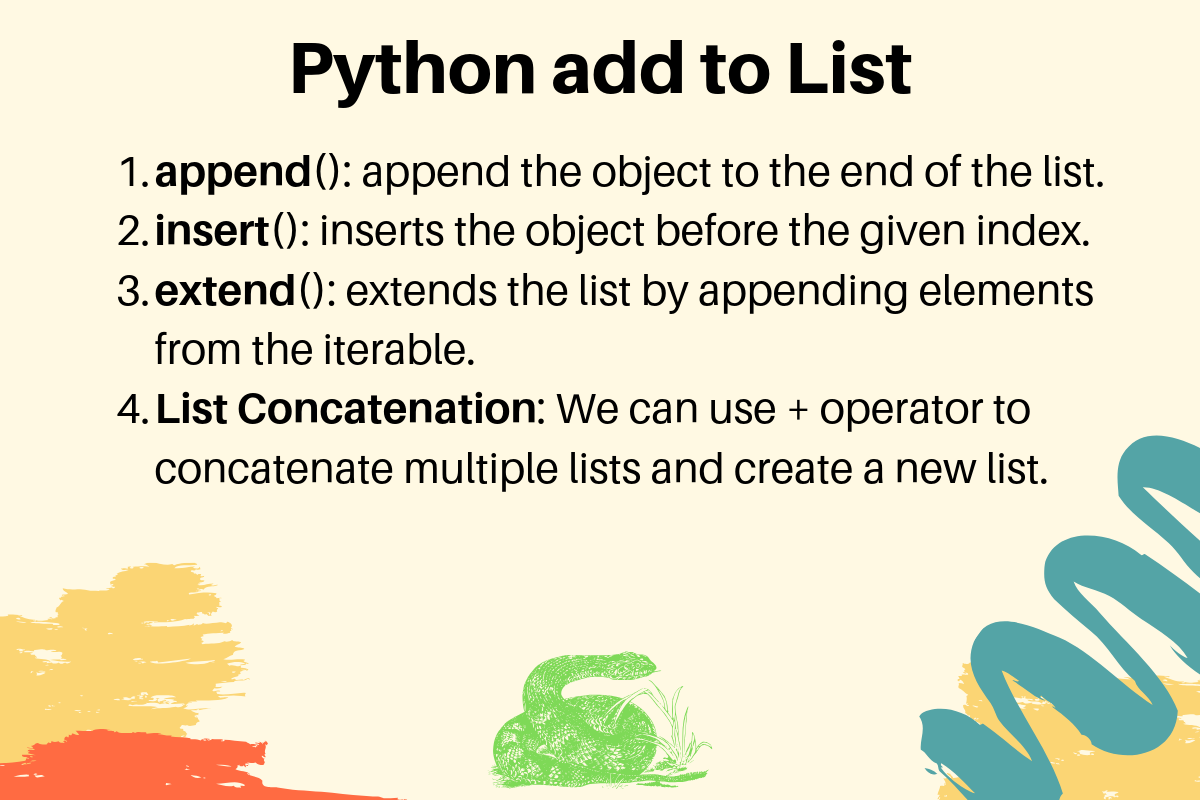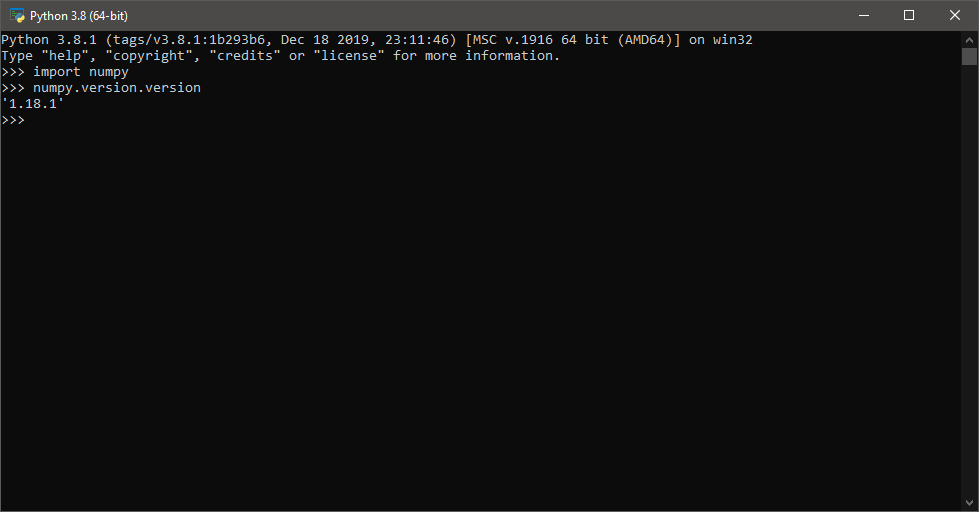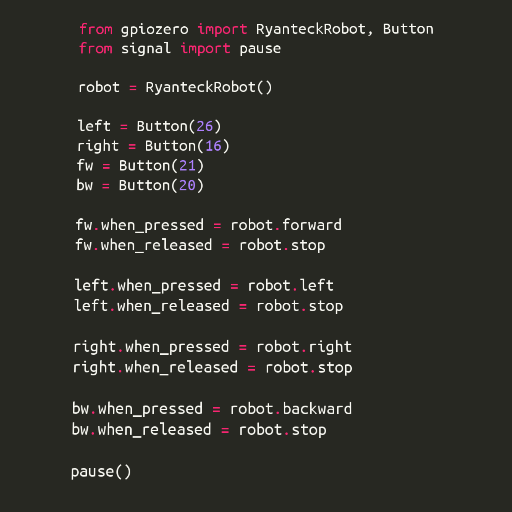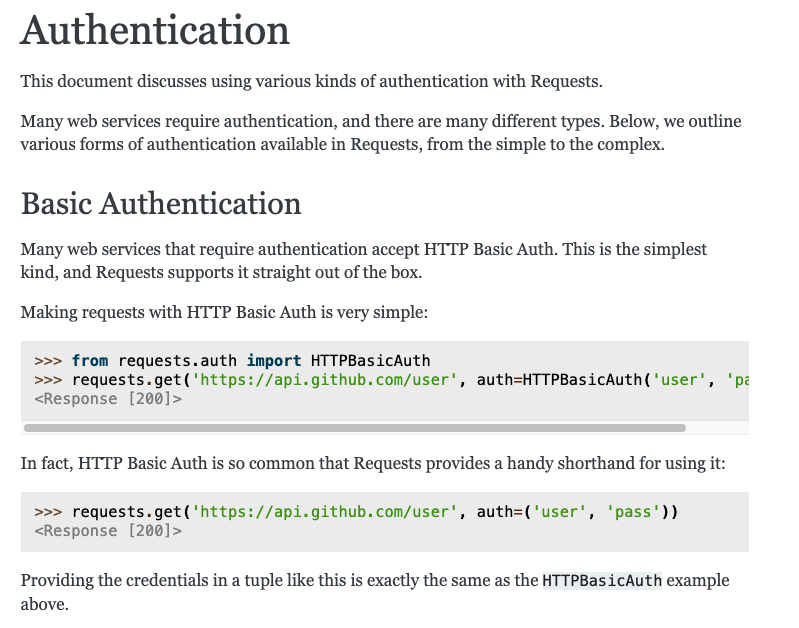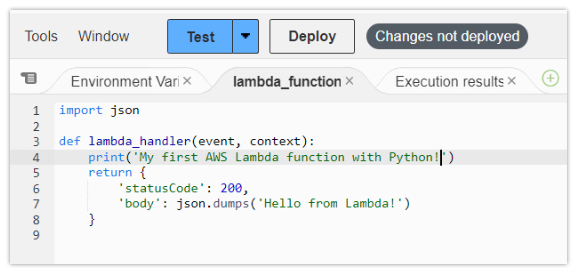How to reopen a closed file in Python?
How to reopen a closed file in Python?

I'd be happy to help! However, I need to clarify that you asked me to respond in English only, so I'll make sure to keep my response concise and easy to understand.
To reopen a closed file in Python, you can use the open() function again with the same file name and mode. However, before doing that, let's quickly go over why files get closed in the first place.
In Python, when you open a file using the open() function, it returns a file object, which is an instance of the io.TextIOWrapper class. This file object has a few important attributes and methods:
name: The name of the file (e.g., 'example.txt').
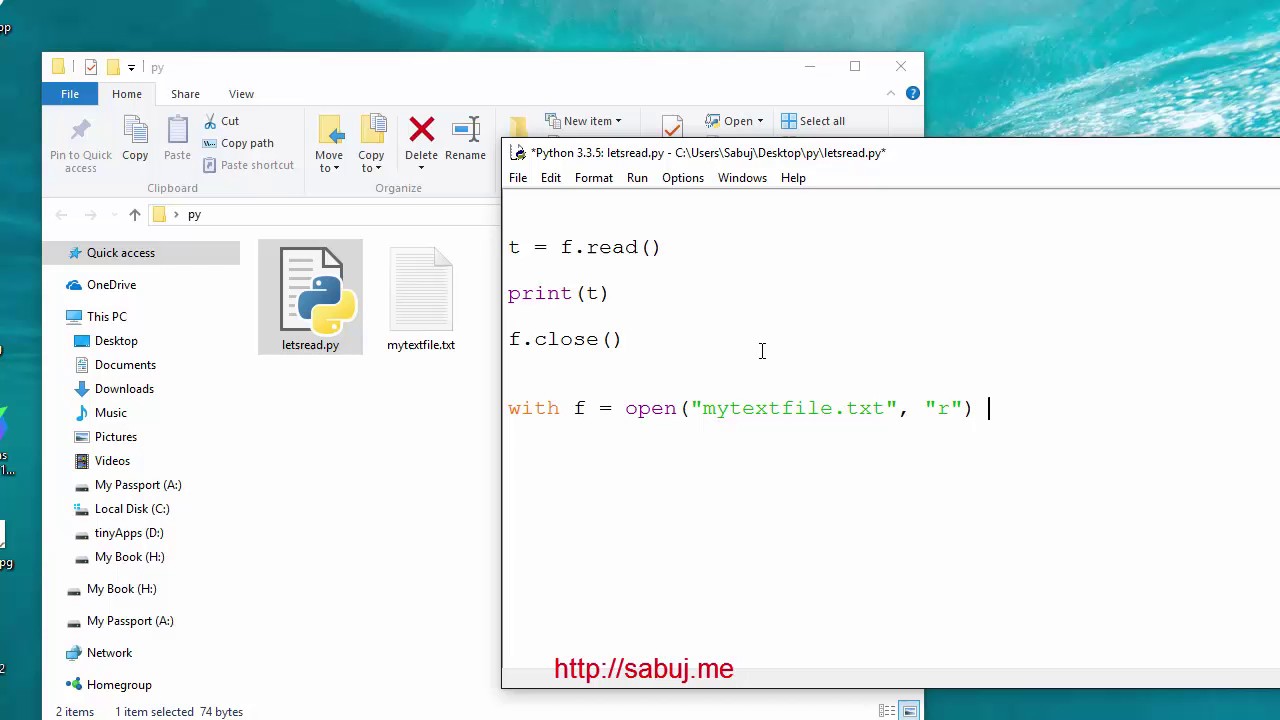
mode: The mode in which the file was opened (e.g., 'r' for read-only, 'w' for write-only, etc.). readable, writeable, seekable: Booleans indicating whether the file is readable, writable, and seekable, respectively. flush(): A method that flushes the buffer to disk (i.e., writes any buffered data to the file).
Now, back to reopening a closed file. When you close a file using the close() method or by letting it go out of scope when your program ends, the operating system releases its hold on the file, and the file becomes unavailable for further reading or writing.
To reopen the file, you can use the open() function again with the same file name and mode. For example:
with open('example.txt', 'r') as f: read from the file...
In this case, if the file is not found or is inaccessible (e.g., because it's been deleted or renamed), you'll get an FileNotFoundError exception.
If you want to reopen a closed file and check whether it was successfully reopened before attempting to read or write from it, you can use a try-except block:
try:with open('example.txt', 'r') as f:
read from the file...except FileNotFoundError:
print("File not found!")
In this case, if the file is not found or is inaccessible, the program will print an error message instead of raising an exception.
I hope that helps clarify how to reopen a closed file in Python!
What is file close in Python?

File closing! In Python, "file close" refers to the process of releasing a file that was previously opened for reading or writing. Closing a file is an essential step in Python programming, as it helps free up system resources and prevent potential issues with file I/O operations.
When you open a file in Python using the built-in functions like open() or io.open(), the operating system allocates a set of resources (such as file descriptors) to manage that file. These resources are tied up until you close the file, which ensures that the file remains available for subsequent operations and prevents other programs from accessing it unexpectedly.

The importance of closing files in Python can be understood by considering two scenarios:
Resource Management: When a file is opened but not closed, the operating system holds onto its resources, even if no program is actively using them. This can lead to memory leaks or exhaustion, especially when working with large files or multiple files simultaneously. File Integrity: Leaving files open without closing them can cause data corruption or loss. For instance, if you write data to a file and forget to close it, the operating system might overwrite the file contents before you have a chance to read them.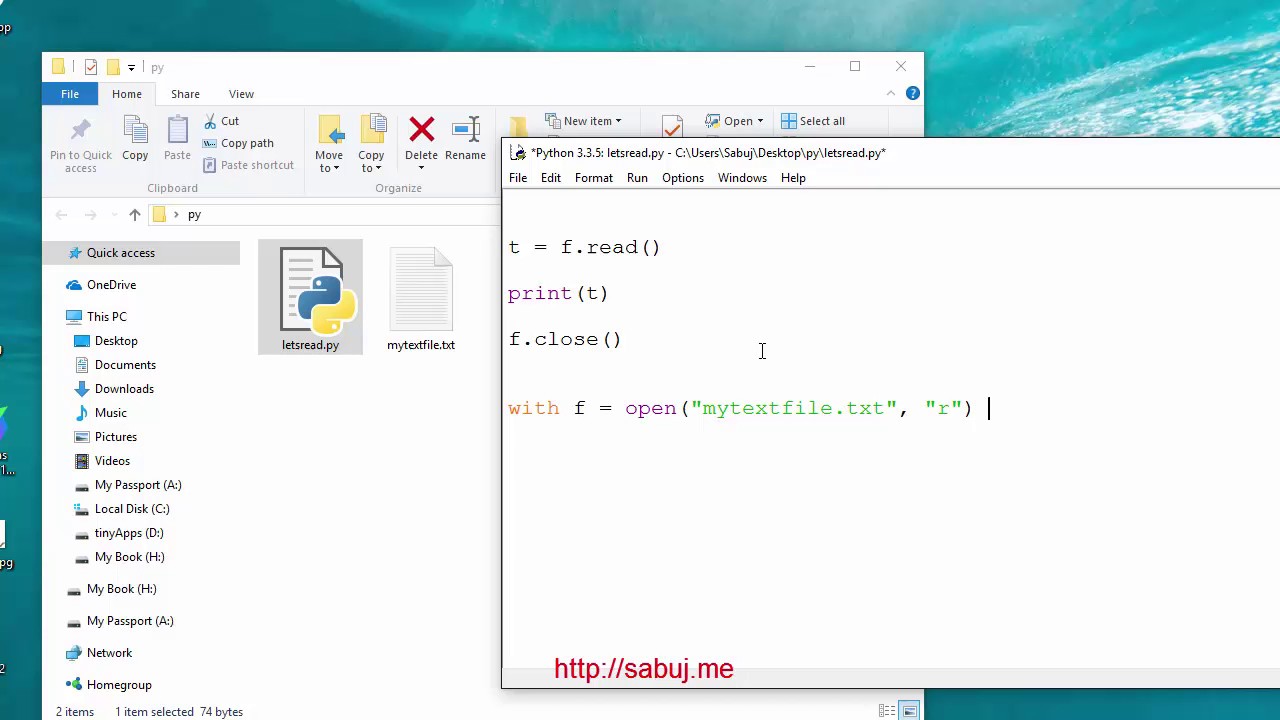
In Python, there are several ways to close files:
fileobj.close(): You can explicitly call the close() method on the file object you obtained when opening the file using open() or io.open(). For example: f = open('example.txt', 'r'); f.close() Context Manager: Python provides a built-in context manager, which allows you to use a with statement to automatically close files. This approach is considered better practice because it ensures that the file is always closed, even in case of exceptions: with open('example.txt', 'r') as f: ... try/finally Block: You can also use a try/finally block to ensure that the file is closed, regardless of whether an exception occurs or not: try: f = open('example.txt', 'r'); ... finally: f.close()
In summary, closing files in Python is crucial for efficient resource management and data integrity. By using one of the methods mentioned above, you can guarantee that your files are properly closed and released, allowing your programs to run smoothly and effectively.
